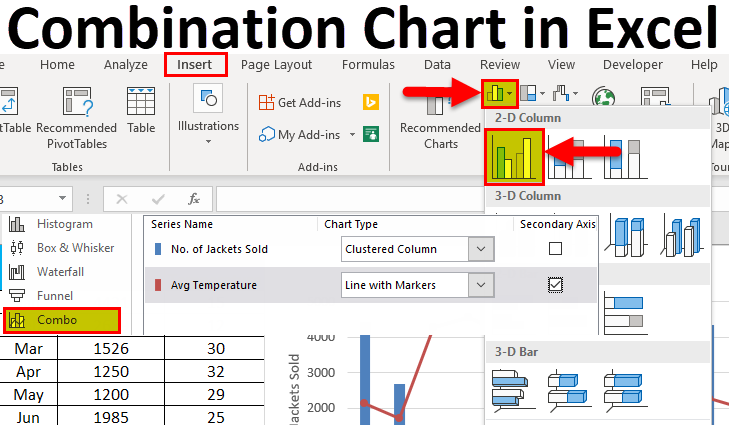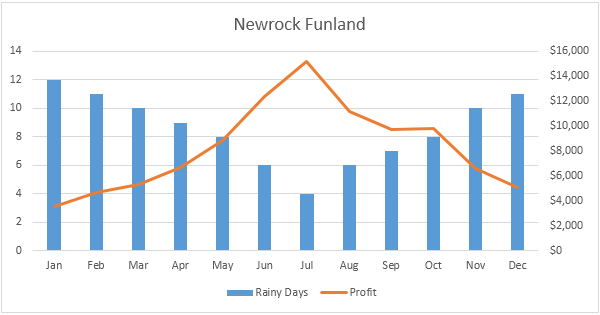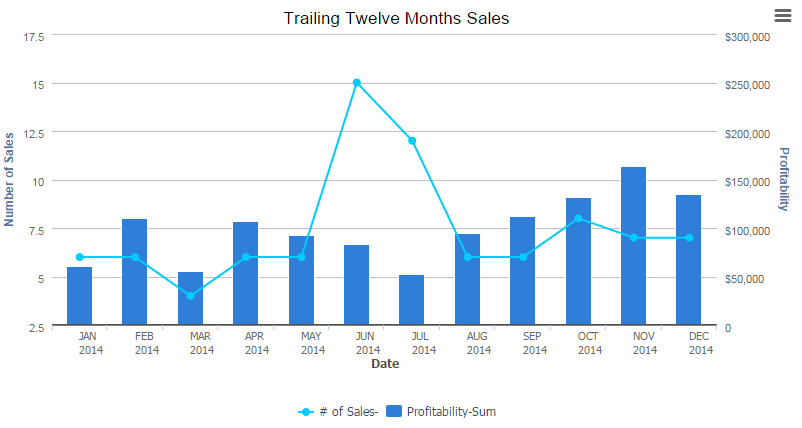

- #COMBINATION STACKED BAR CHART AND SCATTER CHART EXCEL HOW TO#
- #COMBINATION STACKED BAR CHART AND SCATTER CHART EXCEL PLUS#
- #COMBINATION STACKED BAR CHART AND SCATTER CHART EXCEL SERIES#
We can see that the maximal revenue was in January and the minimal one – in August. One is a column chart, and another one is a line chart. You can see the combination chart under the INSERT tab. Combo Charts is an in-built tool from excel 2013 onwards. We have obtained a rather visual graph featuring a combination of a line. Combination charts are not inbuilt in Excel 2007 and earlier versions.

In the appeared window, select the type «Combo»-«Custom Combination».
#COMBINATION STACKED BAR CHART AND SCATTER CHART EXCEL SERIES#
Therefore make one more additional action: right-click the revenues columns and select «Change Series Type». However, this variant is not convenient as the columns almost fuse together. Now revenues column has its value domain (in the right). You can see that the histogram has changed immediately. Right-click the revenues columns, select Format Data Se and indicate «Secondary Axis».
#COMBINATION STACKED BAR CHART AND SCATTER CHART EXCEL PLUS#
#COMBINATION STACKED BAR CHART AND SCATTER CHART EXCEL HOW TO#
How to combine a column with a line chart in Excel? Similarly, we can make other changes to the graph. As a result, we have almost the same column with Y axis reflecting percentage correlations Let’s change the stacked column to the normalized one. If you right-click on the empty area of the chart and select «Change Type» (OR select: «CHART TOOLS»-«DESIGN»-«Change Chart Type») you can modify it a bit. We have obtained a chart showing that, for example, in January, milk sales were higher than those of yogurt and cream while in August a small amount of milk was sold compared to other products, and so on.Ĭolumn charts in Excel can be changed. The largest value that will be in a separate bar and the smaller values that will be grouped in a stacked bar are in two different columns. Firstly, arrange the data in a way in which: It is sorted from largest to smallest. It is created in the similar way, but a different type should be chosen. To create a combined clustered and stacked bar chart in Excel, take the following steps: 1. It is another column chart type allowing us to present data in percentage correlation.

Use the select data dialog box to add the other XY data series for the chart.ĮDIT: I forgot to mention that mine is Excel 2010, but my experience has been that it should still be ok in 2013, but I haven't tested it.Let’s consider making a stacked column chart in Excel.This is what the two axis look like next to each other:Īlso, this only works for evenly distributed values, if your values follow different distributions, you'll have to use a different (likely more complex) method. Because your using categorical data (categories 1-10, named 8, 40, 72.296) on your primary horizontal axis, you'll have to adjust your secondary horizontal axis to match it. Configure your secondary axis (horizontal and vertical).Use the select data dialog box to add the correct XY data for that series.Select your XY data series, right click and change your series chart type to XY.Add your first XY data series to the chart-it'll only allow you to add your Y component, because you don't have an XY chart.Create a column chart with your current columnar data.To correct it, the easiest thing to do is create a new chart. To verify this, just add a second horizontal axis and format the Position Axis to On Tick Marks and you'll lose half of your first and last columns (because they're centered on the 0), but your XY series will line up exact center of the columns, like this: So, Excel doesn't know how to plot your categories (columns) on an interval scale (the current X axis).

So, Excel doesnt know how to plot your categories (columns) on an interval scale (the current X axis). Now select line chart as chart type - it will apply to the selected series only. The short answer is that your combining (unsuccessfully) a categorical series (the columns) with interval/ratio series (the line charts). Click on any of the bars of this series to select the entire series. The short answer is that your combining (unsuccessfully) a categorical series (the columns) with interval/ratio series (the line charts). Add the new series to the stacked bar chart - it'll become one of the stacked series.


 0 kommentar(er)
0 kommentar(er)
